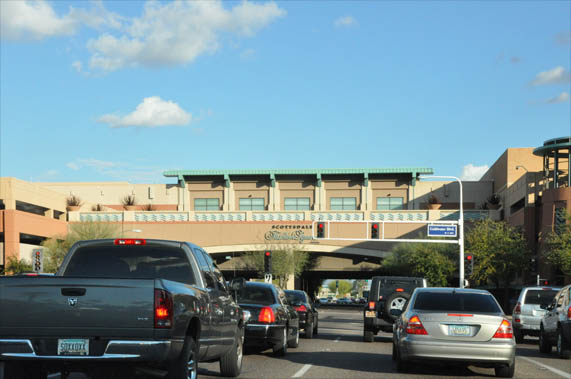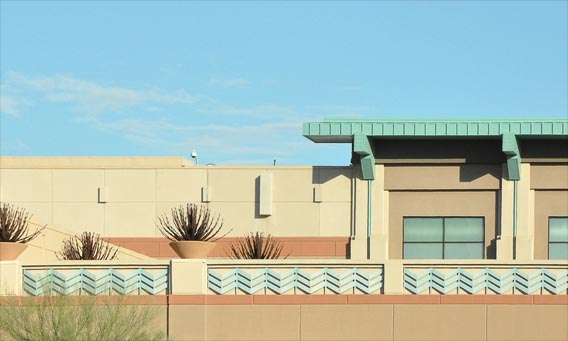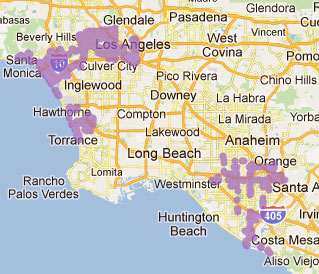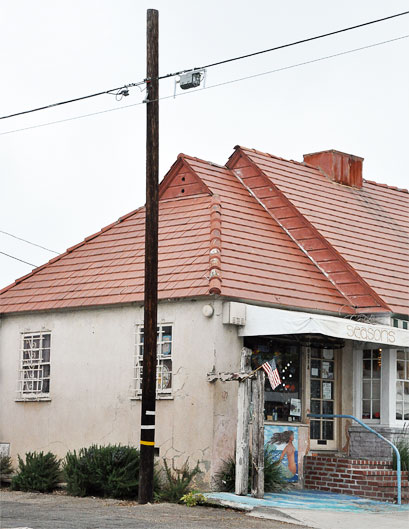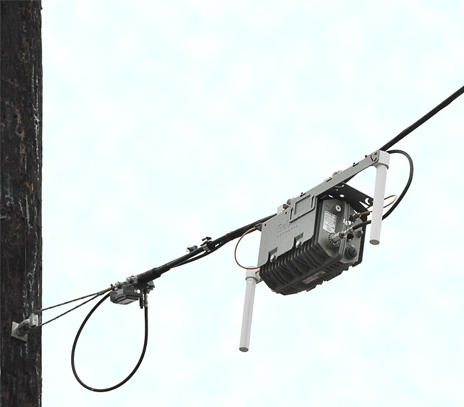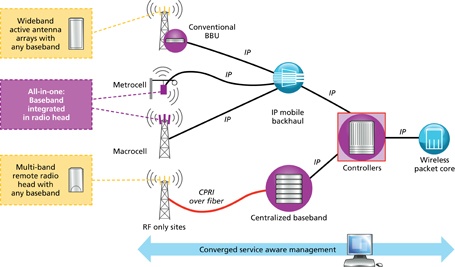I’ve been talking with a number of my friends who are in the wireless siting business as contractors. These are the people, mostly independent contractors, who show up at the planning counter to file siting projects representing the wireless carriers. They perform important functions in the wireless permitting process. I have great respect for the work they do, and the way the do their work with the grace and skill that comes from experience and professionalism. Their work starts long before a wireless project ever hit the planning counter.
Some years ago…say 10…it was common for these siting professionals to have the opportunity to develop significant experience doing what they do. They had that chance because of what’s called “Pay Points.” In days gone by, these professionals were not paid on an hourly basis, but rather at the time some event along the process happened, hence the name.
Once the siting professional received the project package (generally the search ring, a blank lease, and other carrier parameters), they’d go out and spot potential properties, research land records, find willing owners, get lease options signed, attend the A&E meetings, and submit the project to the local government for approval. Then they’d stay with the project through the government planning phase, and attend the hearings representing the carrier client. Each major events was a pay point, and each pay point was the incentive to get the work done and stick with the project.
Because there was fairly significant money involved (I’ve been told $10,000 to $15,000 per project was not uncommon), the professionals could afford to stick with the projects that didn’t ultimately pan out because they got the earlier pay points, and had other projects generating different pay points.
But, alas, lots of people got into the siting business, and then the squeeze on pay point amounts came down from the carriers and their master contractors. Essentially, the siting professional were offered more work with fewer dollars. The result is that a core of professionals remain in the siting business today, but they are also looking for every way to cut costs. Some of these professionals have shut down their physical offices and main telephone numbers turning to become virtual firms (read: working from home with cell phones and computers).
One of the more undesirable results of the squeeze today is that lots of much less experienced people are entering the siting business. It shows.
My staff and I see and deal with the greenhorns when we’re negotiating leases on behalf of our wireless landlord clients, and when we’re dealing with project packages tendered for our review through our government planning agency clients. The quality of the work product coming in is declining, as is the fundamental understanding of the processes. All of this leads to longer negotiations and increased review times. It also leads to more of the real professionals leaving the business to find more profitable lines of work in other areas of project management.
Now comes Section 6409. Generally the siting professionals are very excited about the passage of Section 6409, but some (including yours truly) think there’s a fairly significant cloud surrounding a thin silver lining. I suspect Sec. 6409 is going to turn into a real cloud burst casting off even more rain on the quality people in the business of wireless siting.
As 6409 seems to grant broad collocation (really, Co-Siting) authority to the wireless firms, and the approvals appear to occur in some or many cases by right, I expect the large master contractors who work directly for the carriers (i.e., Bechtel, ALU, Ericsson, B&V, etc.) to look to shave their subcontractors costs even more to benefit their own bottom lines. My gut says the master contractors will assign the Sec. 6409 work to in-house employees for the engineering work, and low level permit runners who are paid a relatively modest hourly fee for their work to file the projects with the local governments.
In major markets like Southern California, this will be a huge and increasing amount of the main siting work. Since the Verizon and AT&T LTE projects and the Sprint Network Vision work will apparently fall under Sec. 6409, there goes that slice of the pie from the mouths of the core of professionals.
And since Sec. 6409 will drive carriers to less desirable sites (that term depends on who’s uttering it…but I digress) but with must faster expected approval times, I think that new siting will slow down for a while as carriers look to do their capacity upgrades at the new low hanging 6409 sites.
As I said at the top of this story, I have many friends who are truly professionals in the wireless siting business. Sadly, I expect that a significant number of them will not be in that line of work come a year from now. I hope I’m wrong, but money talks louder than respect for professionalism and experience.



